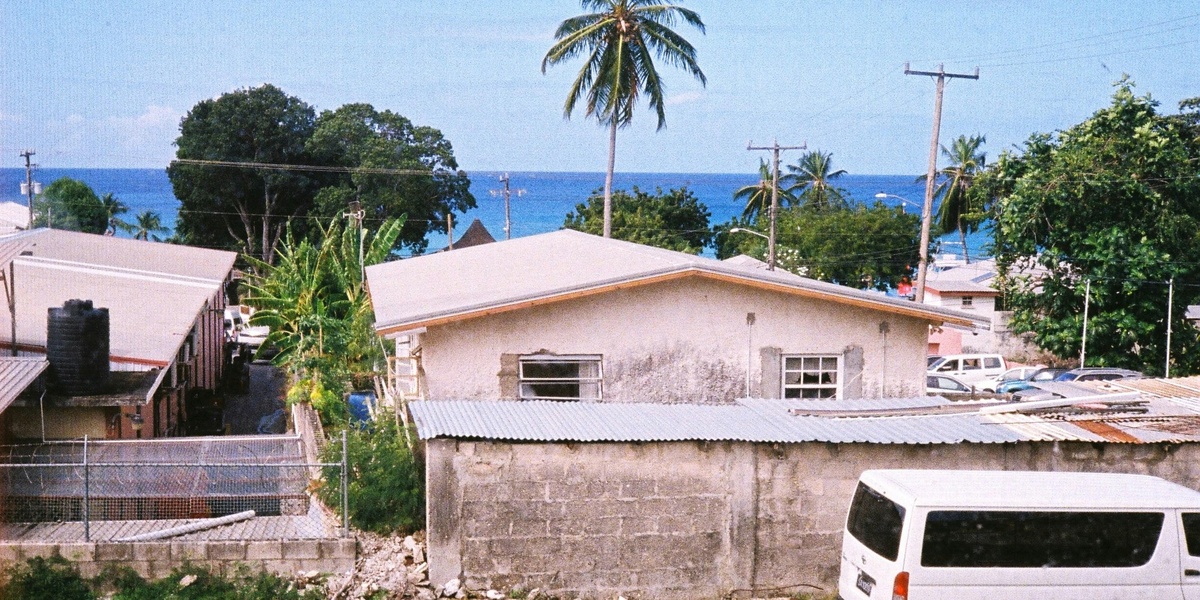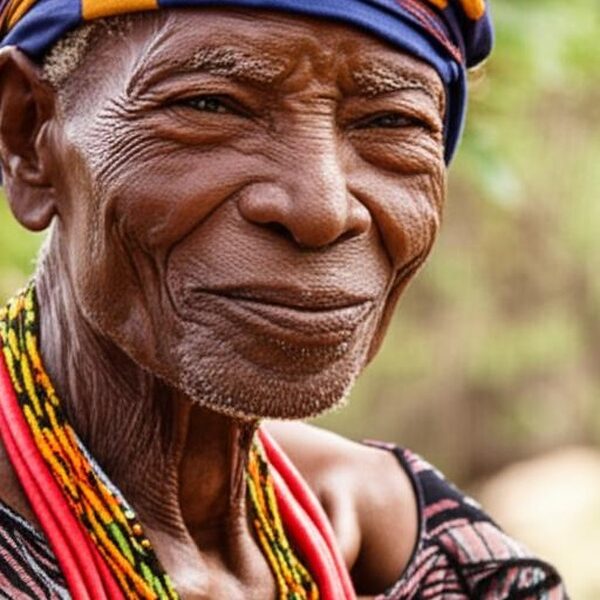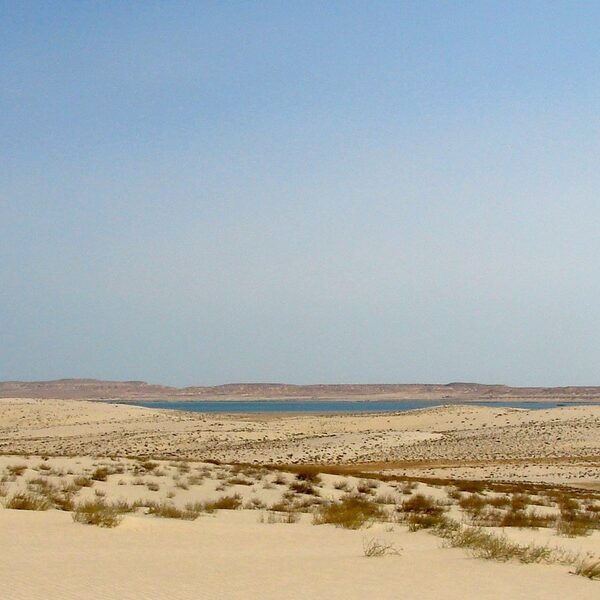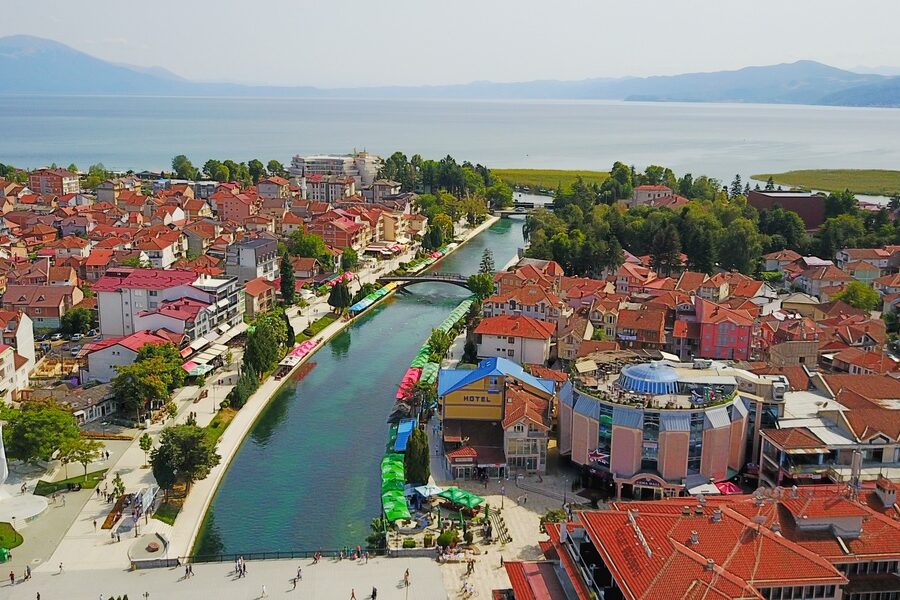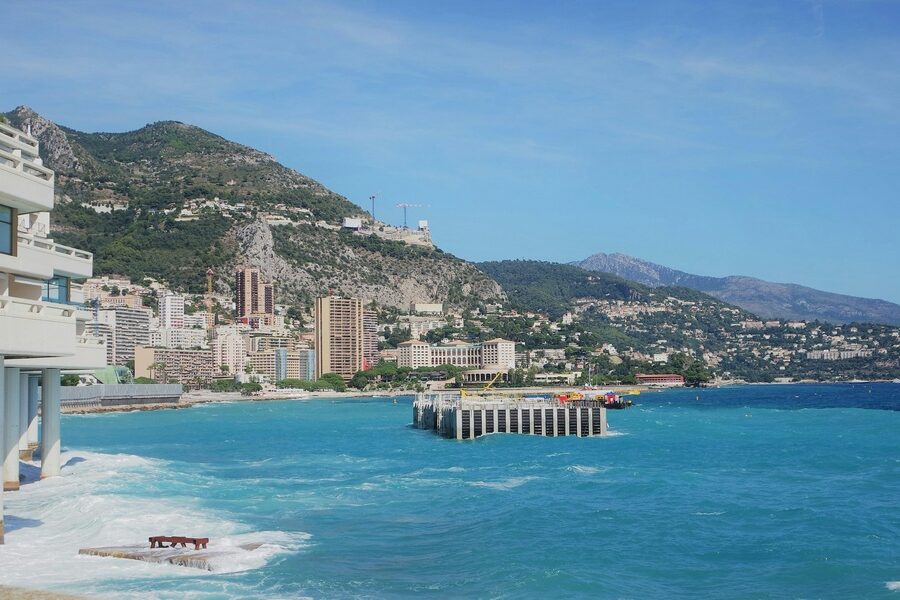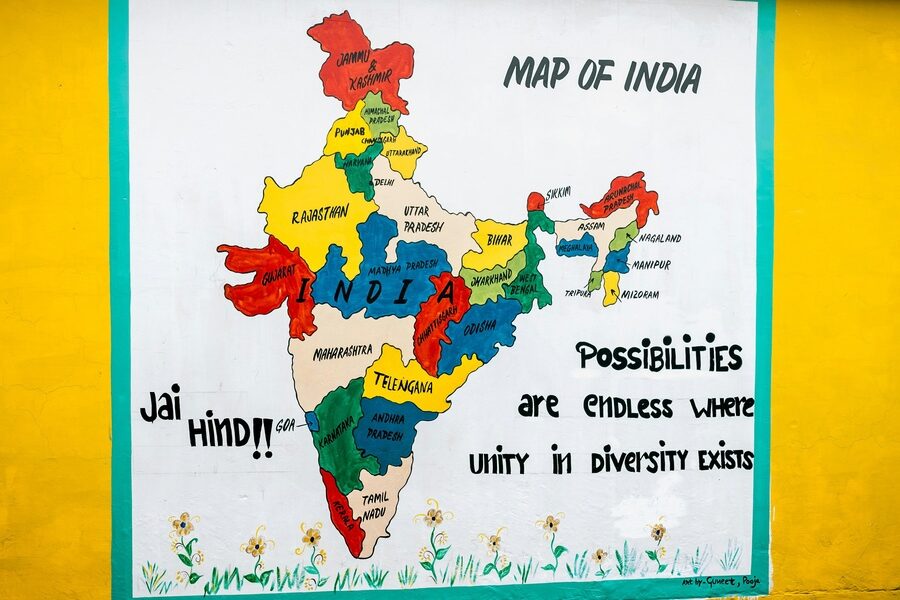Jamaica is a vibrant island nation, globally recognized for its infectious reggae rhythms, rich cultural heritage, and breathtaking natural beauty. Beyond the sun-drenched beaches and lively festivals, lies a less explored but equally fascinating aspect of its identity: its diverse linguistic landscape, shaped by centuries of history and global interaction.
Delving into this rich tapestry, you’ll find there are 12 Languages Spoken in Jamaica, showcasing a remarkable range from historical influences like Akan (Twi/Coromantee) to the West African Yoruba. To help you understand this linguistic diversity, each entry is detailed by its “Language Type, Est. Speakers, Primary Use,” which you’ll find below.
Is Jamaican Patois the only language spoken in Jamaica?
While Jamaican Patois (also known as Jamaican Creole) is widely spoken and deeply ingrained in the island’s culture, it is not the only language. English is the official language of Jamaica, used in government, education, and media. Additionally, the island’s history has led to the presence of several other languages, some still actively used by smaller communities or recognized for their historical significance.
Where did the diverse languages in Jamaica come from?
Jamaica’s linguistic diversity is a direct result of its complex history, primarily through colonization and the transatlantic slave trade. English was introduced during British rule, while various West African languages like Akan, Yoruba, and Igbo arrived with enslaved people, influencing the development of Jamaican Patois. Over time, other communities, through migration and settlement, have also contributed to the island’s unique linguistic tapestry.
Languages Spoken in Jamaica
| Language Name | Language Type | Est. Speakers | Primary Use |
|---|---|---|---|
| English | Standard | 2,900,000 (≈100%) | Official, education, media, government |
| Jamaican Patois | Creole | 2,500,000 (≈86%) | Daily life, music, literature, social media |
| Jamaican Sign Language | Sign language | 10,000 (≈0.3%) | Deaf community, education, community events |
| Taíno | Indigenous (Arawakan) | 0 (extinct) | Historical, toponyms, cultural revival efforts |
| Kromanti | Ritual/Maroon language | 500 (ritual specialists) | Maroon rituals, ceremonies, oral tradition |
| Akan (Twi/Coromantee) | West African (Akan) | Historical (cultural influence) | Historical, Maroon, spiritual vocabulary, names |
| Yoruba | West African (Niger-Congo) | Historical (cultural influence) | Religious practices, drumming, naming, folklore |
| Igbo | West African (Niger-Congo) | Historical (cultural influence) | Folklore, personal names, ritual terms |
| Kongo | Central African (Bantu) | Historical (cultural influence) | Rituals, music, spiritual practices, Maroon culture |
| Spanish | Romance | 20,000 (≈0.7%) | Tourism, immigration, business, education |
| Hindi/Bhojpuri | Indo-Aryan | Historical/heritage (few hundred) | Religious ceremonies, festivals, heritage contexts |
| Hakka Chinese | Sinitic | 5,000 (≈0.17%) | Business, heritage communities, restaurants |
Images and Descriptions
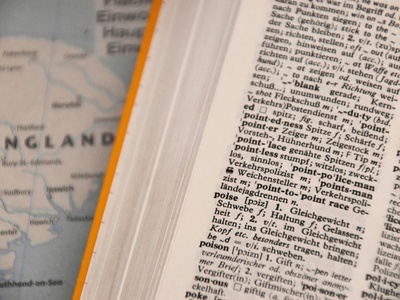
English
The official language of Jamaica, used in government, education, formal media and legal settings. It coexists with Creole in everyday life, serving as the prestige and administrative tongue while influencing literature, broadcasting, and international communication for Jamaicans.
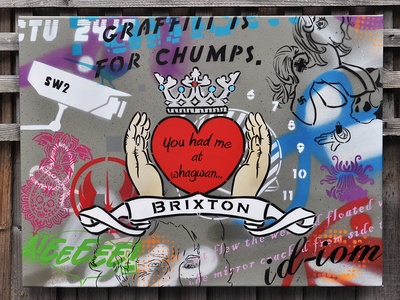
Jamaican Patois
Jamaican Patois is an English-based Creole widely spoken across the island as the everyday vernacular. It blends West African, English, and other influences, thriving in music, storytelling, comedy, identity, and recent literary and academic recognition as a language of culture and expression.
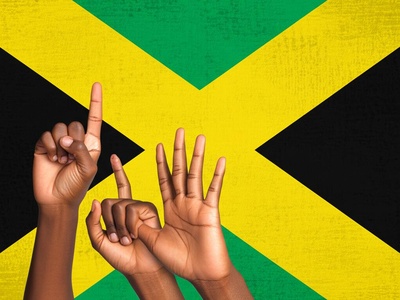
Jamaican Sign Language
Jamaican Sign Language (JSL) serves the island’s Deaf community, developed locally with influences from British Sign Language and regional signing. JSL is used in education, social life, and advocacy, playing a key role in accessibility, identity, and community cohesion.
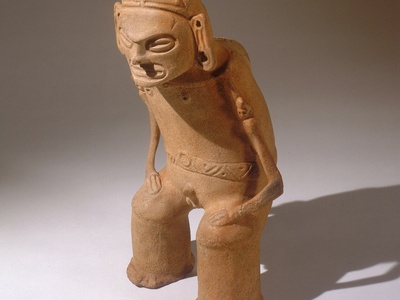
Taíno
Taíno, an Arawakan language once spoken widely by indigenous people before European contact, is now extinct as a native tongue. Its legacy survives in Jamaican place names, vocabulary, and cultural revival efforts seeking to reclaim precolonial heritage and identity.

Kromanti
Kromanti (Coromantee) is a ritual Maroon language rooted in Akan and other West African tongues, preserved in ceremonial speech, songs, and spiritual practices. It functions symbolically in Maroon communities, connecting present-day culture to ancestral resistance and memory.
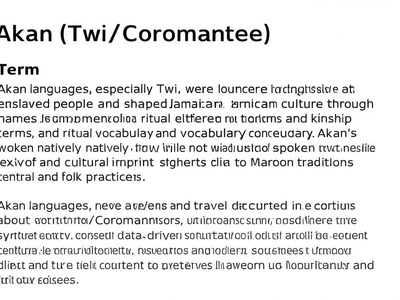
Akan (Twi/Coromantee)
Akan languages, especially Twi, were brought by enslaved people and shaped Jamaican culture through names, kinship terms, and ritual vocabulary. While not widely spoken natively today, Akan’s lexical and cultural imprint remains central to Maroon traditions and folk practices.
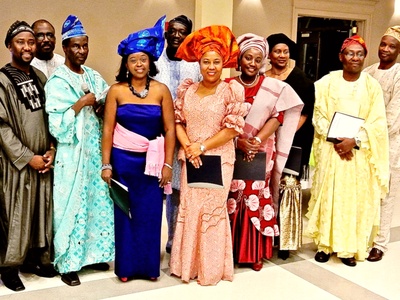
Yoruba
Yoruba-speaking peoples contributed religious concepts, drumming patterns, and linguistic elements to Jamaica during the Atlantic slave trade. Today Yoruba survives mainly through ritual lexicon, spiritual practices, and musical influences rather than as a community language.
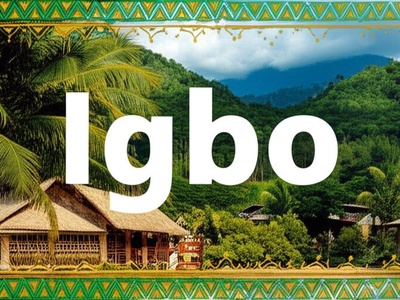
Igbo
Igbo language and cultural traits arrived with enslaved Igbo people and left traces in Jamaican folklore, personal names, and some ritual terms. The language itself is not widely used today but remains part of the island’s African-derived heritage.
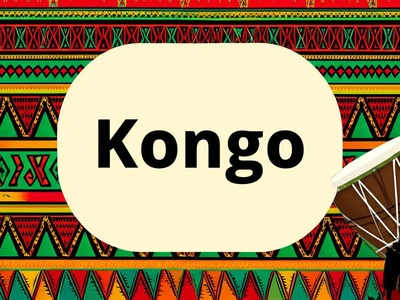
Kongo
Kongo and other Central African Bantu languages influenced Jamaican spiritual practices, drumming, and naming among enslaved communities. Today Kongo survives mainly in ritual terminology and musical forms within Maroon and Afro-Jamaican religious traditions.
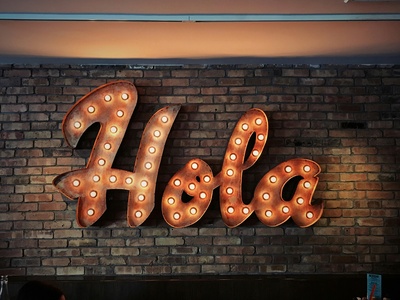
Spanish
Spanish was Jamaica’s colonial language during the 16th century and left lasting toponyms and loanwords. Today Spanish is spoken by a small immigrant and business community and used in tourism, education, and growing commercial ties with Latin America.
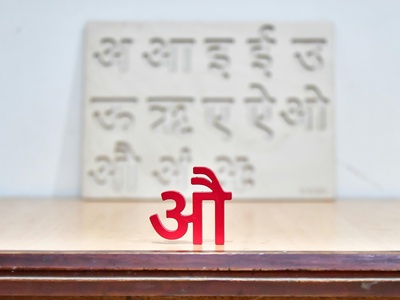
Hindi/Bhojpuri
Indentured Indians brought Hindi, Bhojpuri, and related dialects in the 19th century; these languages once sustained Indo-Jamaican communities. Today they survive largely in religious ceremonies, festivals, and some family contexts rather than broad everyday use.
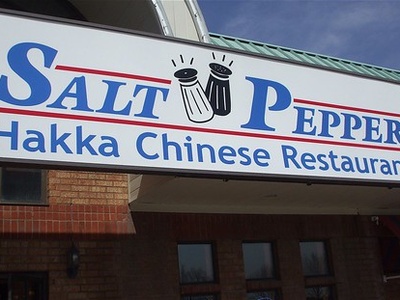
Hakka Chinese
Hakka (and other Chinese varieties) arrived with Chinese migrants in the 19th and 20th centuries and influenced commerce and cuisine. These languages persist within family networks and business communities, though English predominates across public life.

